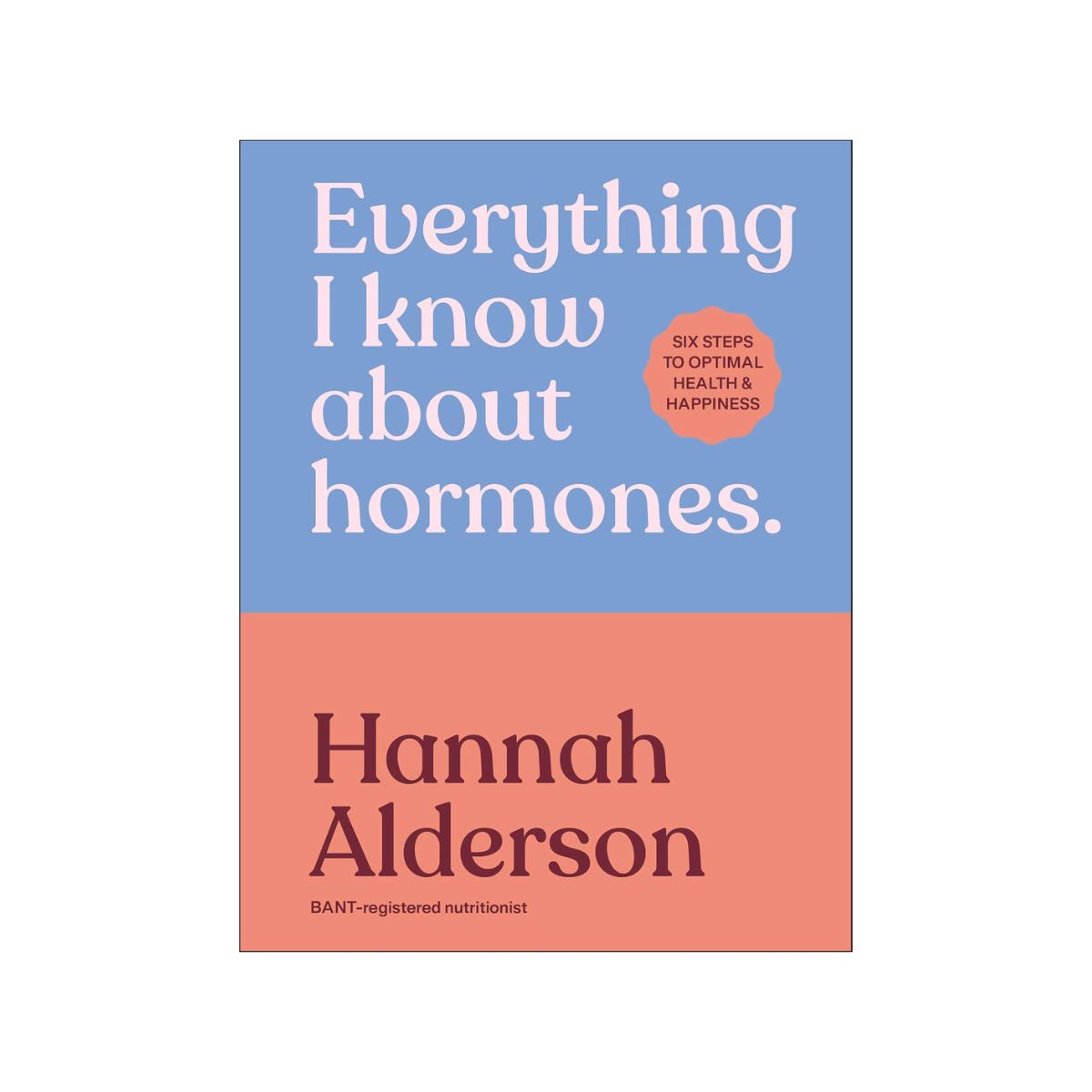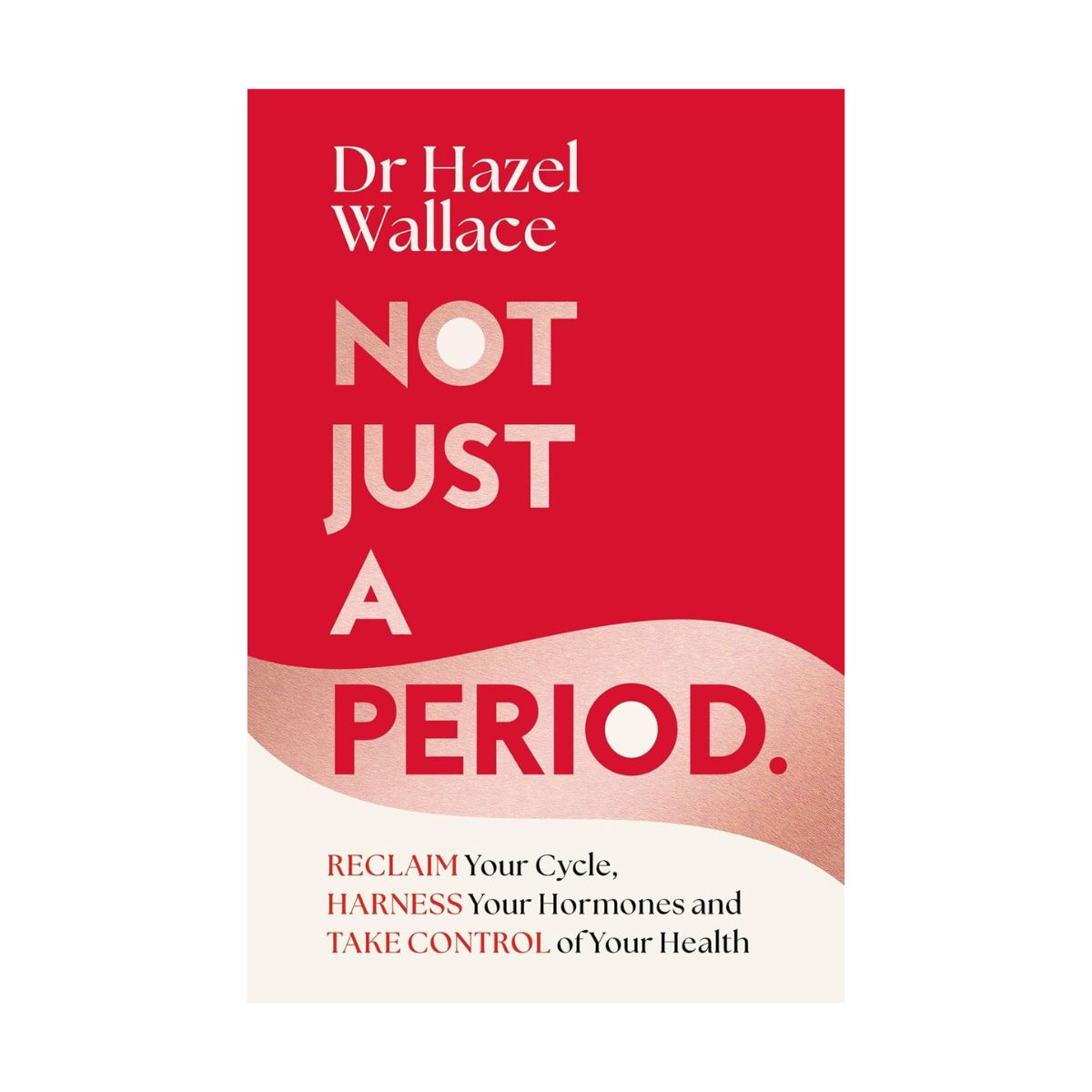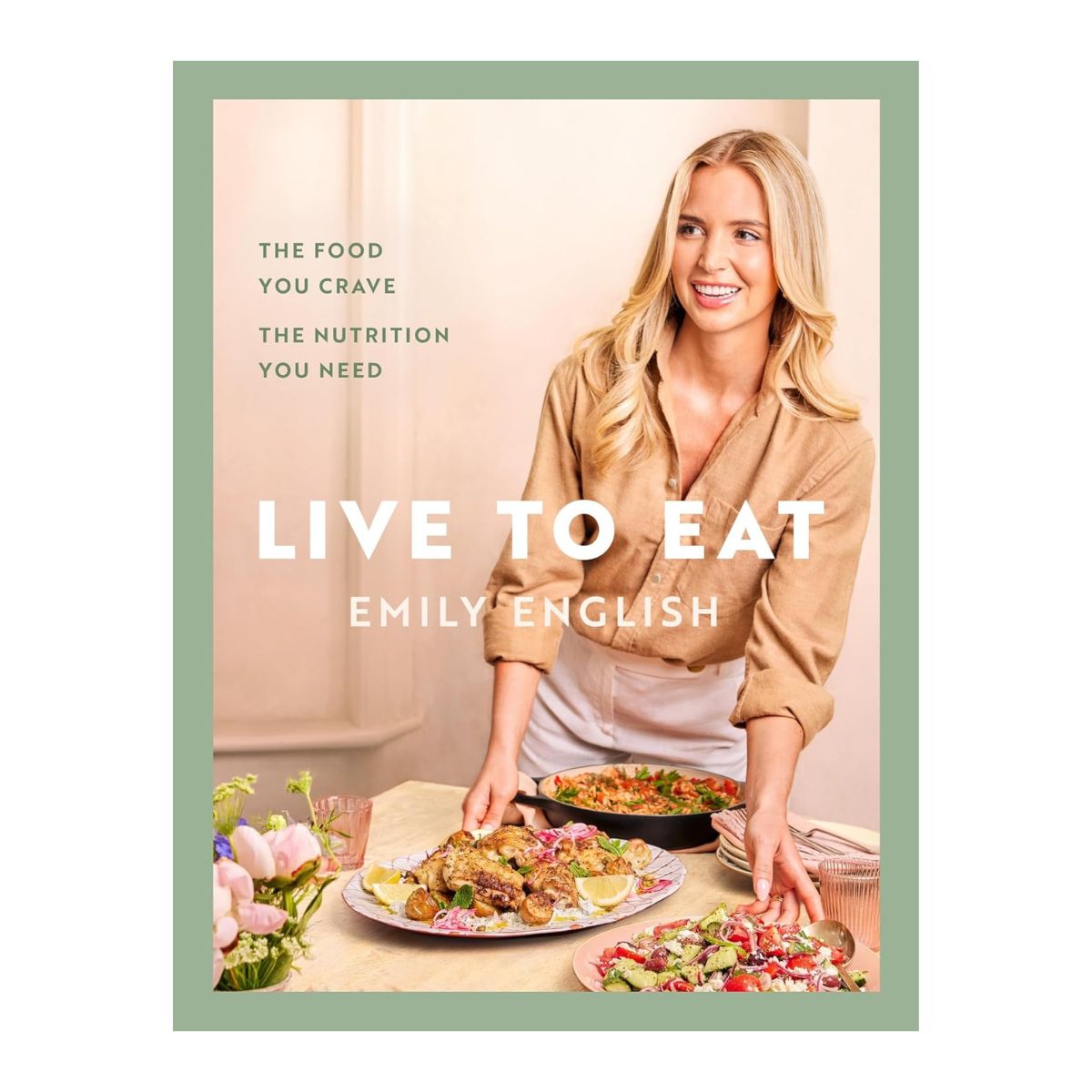I’ve Worked in the Wellness Industry for Over a Decade – Trust Me, TikTok’s “Propaganda I’m Not Falling for Trend” Is Problematic
With clean eating making a comeback and a new wellness trend popping up every day, how do we separate fad from fact?


If you’ve been scrolling through TikTok recently, you’ll have no doubt seen the lists. Oat milk. The pill. Skipping breakfast. No days off. Add to that, 75 hard. 10k steps. Running marathons, you’ve found yourself at the heart of the platform’s latest viral trend. Welcome to the “propaganda we’re not falling for.”
For the unalgorithmed, allow me to explain. Racking up over 26M posts and counting, this latest online trend is all about calling out the viral products, services and routines which promise us happiness and fulfilment, but which users claim may actually be causing more harm than good.
Part of the wider “deinfluencing” movement, which has been gaining traction since @sadgrlswag catapulted the term into our vocabulary in January 2023, it’s important to note that the “not falling for” trend isn’t just about wellness. Anything from ChatGPT to Labubu Dolls could make it onto the lists of overhyped items we should (according to TikTok users) *not* be buying into.
But where lists of bad texters, five finger shoes and temu makeup all have a satirical and light-hearted quality, there is a noticeably more serious and rebellious tone to the videos which take on the trillion-dollar world of living “well”.
As a health writer, it’s conflicting to watch. On the one hand, some of the items on the lists of so-called wellness “propaganda" have genuine health benefits. Take running, for example, which has been shown in numerous studies to support both our physical and mental health, boosting mood, productivity, muscle tone and cardiovascular function. Or protein-rich diets, which research has found to reduce inflammation, regulate insulin levels and support digestion and metabolism, particularly for women with hormonal disorders, such as PCOS.
And yet, amidst such a noisy world of online wellness content, it’s easy to see how women are becoming sceptical of even the most well-evidenced of trends. With research indicating that 90% of influencer-shared weight management advice is inaccurate or misleading, and so-called ‘skinny influencers’ such as Liv Schmidt regaining traction online, it’s never been more difficult to separate fact from fiction when it comes to our health.
So, how and when did online wellness become so messy? How did an industry built on helping us to feel our best lead so many of us down a path of exhaustion, burn out and eventual rejection? To find out what’s really going on, and how we can still engage with wellness content in a way that feels, well…healthy, we spoke to three qualified experts working at the heart of the industry.
Celebrity news, beauty, fashion advice, and fascinating features, delivered straight to your inbox!
Intrigued? Keep scrolling. And if you’re someone who finds themselves influenced by the latest TikTok trends, you might want to check out our deep dives into the viral silent walking and feminine urge to do everything trends.
What is the viral "propaganda I'm not falling for" TikTok trend?
At its core, the “not falling for” trend is a digital mood board of the habits, hacks and health advice users are choosing to opt out of. Dominated by female voices, the trend has gained serious momentum in recent weeks, with new videos appearing on our feeds daily.
In true TikTok fashion, the trend has sparked a counter-movement, with other creators sharing the “propaganda” which they’re proudly falling for. Think cold plunges, matcha lattes and morning journaling, the trend has evolved into a kind of online tennis match, with users volleying between rejecting and embracing the very same habits.
@katrinamartin_ sorry not sorry!!
♬ My Life - Billy Joel
What constitutes wellness “propaganda”?
If the last time you heard the term “propaganda” was a GCSE history lesson, allow me to refresh your memory.
Defined by the Oxford Dictionary as “information, especially of a biased or misleading nature, used to promote a political cause or point of view,” propaganda traditionally brings to mind leaflets and emotive speeches.
For the purposes of this latest TikTok trend, however, we’re talking about any lifestyle product, routine or philosophy which has gone viral under the guise of self-betterment, but which users claim is doing more harm than good. From skipping breakfast to the “no days off” mentality, the lists are often reflective of the modern female experience and serve as a direct rejection of the culture of performative wellness.
Why Has The “Not Falling For” Trend Gone So Viral?
“The not falling for trend speaks to the saturation of wellness and lifestyle guidance, and health guru content, which we see extensively circulated on TikTok and Instagram,” explains Dr. Rachael Kent, Digital Health Expert and Senior Lecturer at King's College London. “Its popularity really illustrates just how difficult it is for us to differentiate reputable, medically accurate health information from misinformation and harmful content.”
Psychotherapist, Charlotte Braithwaite, agrees, adding that the domination of the trend by female creators “says a lot about the historical weight of societal conditioning placed on women’s bodies, behaviour and self-expression. The trend demonstrates that women are starting to critically interrogate the norms and narratives that have been sold to them under the guise of wellness, productivity and desirability.”
For Trauma, Nutrition and Intimacy Coach, Orla Swan, it’s the simplicity of the trend which has made it so powerful. “Wellness has become full of overcomplication and misinformation,” she explains, “so to see women pushing back with such bold statements is a sign that more of us are valuing how we feel over how we look.”
@ginevramavilla I could do so many of these wow this was fun 💅🏼
♬ I think about it all the time featuring bon iver - Charli xcx & Bon Iver
Why Are We Experiencing So Much Wellness “Propaganda” Right Now?
It’s no coincidence that wellness “propaganda” has reached a fever pitch. According to the experts, the explosion of bite-sized health advice on platforms such as TikTok and Instagram is a direct consequence of a post-pandemic world in which social media has become a go-to health resource.
“Increasingly, we’re relying on social media as a key wellness tool, but of course, it’s unregulated, informal and comes with a lot of misinformation,” explains Kent. “Digital platforms are built on the currency of attention, which means that the algorithm pushes content based on its curation, rather than the evidence behind it. With so many creators looking to build a profile and using social media as a profession, we’re seeing an increasing amount of wellness information being used to sell products rather than to genuinely educate the public.”
Braithwaite concurs. “In a world that feels increasingly fragmented, wellness has offered spaces of education and community for many women. The problem is that in many cases, the industry has tried to package complex human needs into consumable solutions, promising to provide a quick fix, without actually fixing much at all. What’s being sold here isn’t wellness, but the illusion of it: curated aesthetics, rigid routines and a sense of superiority disguised as self-care."
Are There Any Downsides To The Trend?
But what about the genuinely healthy habits which are being billed as propaganda by the "not falling for" trend? While it’s very easy to dismiss every new wellness trend as propaganda, it’s equally important to recognise that some habits, such as running, Pilates and balanced nutrition, really do work.
“I worry that in rejecting some of this 'propaganda', we throw out genuinely beneficial practices,” explains Braithwaite. "While rebellion is important, so is integration. Not everything that’s popular is propaganda, which is why it’s important to distinguish between the trends which you’re following because they’ve been externally imposed as something which you ‘should’ be doing, and which of the trends you’ve adopted because they align internally with who you are and what you enjoy."
So, How Can We Control The Wellness Content We Consume On Social Media?
Hopefully, if you’ve read this far, you’ll have learnt a thing or two about why the online wellness landscape has become such a confusing and polarising space. But you might be left wondering what, besides deleting your apps altogether, you can actually do to protect yourself from wellness information online. Because the reality is that with 7.4 million of us sitting on NHS waiting lists, and only 5% of global research funding going towards women’s health, social media provides an accessible, personal and relatable forum for us to take our health into our own hands.
For this, we turn to Braithwaite, who shares her top tips for building a supportive and evidence-based social media feed.
1. Check in with your body, not just your brain
"If consuming a piece of wellness content leaves you feeling anxious, ashamed, or 'not enough', it’s a red flag," explains Braithwaite. "True wellbeing content should feel expansive, grounding, or gently motivating - not punishing, shaming or fear-inducing."
2. Notice the tone, not just the topic
According to Braithwaite, “wellness advice framed as rules, hacks or rigid routines often disguises control-based thinking. Be wary of content that sounds moralistic or absolute. Real wellness is nuanced and deeply personal, not one-size-fits-all.”
3. Ask yourself - 'Is this marketing? Or medicine?'
“Much of what’s online is selling - whether it's a product, identity or lifestyle,” cautions the expert. “Before internalising advice, pause and ask - is this content trying to help me understand myself? Or trying to make me buy something or become something I am not?”
4. Consume consciously - and don't be afraid to cull
“Tidy your feed like you would your home. Unfollow accounts that trigger comparison, shame or scarcity thinking (even if they’re popular or well-meaning).” Instead, Braithwaite suggests that we follow people who promote self-reflection, self-trust and figuring it out for yourself.
5. Stay connected to your ‘why' (not just the 'what' they may be saying)
If you feel like you’re being caught up in the rush of endless wellness trends, Braithwaite suggests taking a moment to ask yourself “'Why am I doing this? Does it come from care, or fear?' When your motivation is rooted in self-inquiry, you’re far less likely to slip into obsession or restriction,” she explains.
6. Be mindful of binary black-and-white thinking
“Extremes sell,” says Braithwaite. “But they rarely support sustainable change. If content is all about cutting things out, never missing a workout, or moralising food, it’s likely fuelling perfectionism, not holistic wellbeing”, which she reminds us is almost always nuanced.
7. Give yourself permission to evolve
Braithwaite serves us an important reminder here. “What worked for you before may no longer serve you in another season of life. Psychologically, growth often involves shedding identities or habits that once felt served us, but then become restrictive. You’re allowed to change your mind.”
8. Prioritise inner over outer validation
“If your wellness practice only feels worthwhile when it's seen, tracked, or posted, ask yourself who you're really doing it for,” concludes Braithwaite.
Shop MC UK's go-to wellness products now:

Heard plenty about hormone balancing online, but don't know where to start? You're not alone, and this simple, science-backed guide from BANT registered Nutritionist, Hannah Alderson, is a great place to start. Covering everything from what a hormone actually is, to the simple lifestyle changes we can make to build a healthier hormone habitat, it's an accessible and practical read which we're big fans of here at Marie Claire UK.

A former NHS doctor, nutritionist, personal trainer and podcaster, Dr Hazel Wallace is one of the UK's most trusted sources of health knowledge on social media. Her new book, Not Just A Period, takes a deep dive into how your menstrual cycle affects your health and wellbeing, with practical advice to help you navigate changes and fluctuations in body image, libido, and mood across your menstrual cycle.

The conversation around nutrition is one of the noisiest areas of wellness content on social media, and it can feel difficult to know where to turn when looking for advice. That's why we love returning to the nourishing, delicious and easy-to-make recipes set out by Em The Nutritionist in her latest book, Live To Eat.

A former heptathlete, Ashleigh is a freelance journalist, specialising in women’s health, wellbeing and lifestyle, with words in Stylist, Cosmopolitan, Glamour and Marie Claire. She’s also the Co-Founder of Sunnie Runners, an inclusive London based run club.